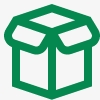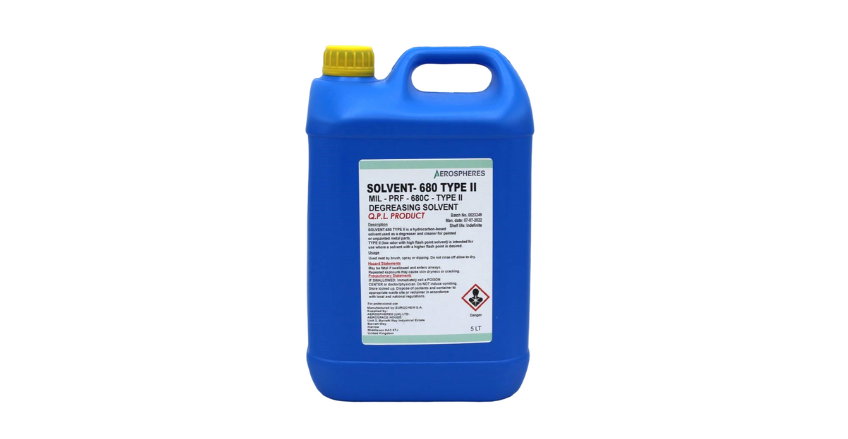Introduction
In general, cleaning products for aircraft are substances and tools used to clean the exterior, cockpit and passenger cabin of an aircraft of dirt, dust, and stains. These treatments and techniques are also used to prevent the spread of dirt and pollutants on the aircraft and to eliminate objectionable odors.
While some cleaning supplies are specifically made to kill germs, others, known as degreasers, include organic solvents that aid in the dissolution of oils and fats.
It is very important to make sure the right cleaners are used on each part of the aircraft, because selecting improper cleaners may have bad effects on the components, aircraft, environment and also the personnel working on the aircraft cleaning task.
For example, cleaners used on metallic parts of the aircraft cannot be used on textiles in the cabin and vice versa, because the cleaner of each component have chemical formulations that are adjusted to give perfect cleaning with minimal negative impact on the part to be cleaned .
Different types of Aircraft cleaners
Exterior cleaners
Restoration of the surface's original state is the goal of aircraft exterior cleaning, sometimes referred to as aircraft exterior detailing service. An example of this is Chemetall ARDROX 1900D Aircraft Heavy Duty Alkaline Cleaner. Cleaning the outside may be done with water or by simply wiping the surface with a cloth and spray cleaner.
The goal of exterior cleaning is to remove debris from the exterior of the aircraft body, including dust, bugs, exhaust streaks, oil stains, and spots. This serves to improve the physical look of the aircraft and the longevity of its external body, paintwork, and related parts. The exterior contributes to the airline's branding initiatives by making a positive first impression on the customers.
Exterior cleaning can be done using a variety of different materials. Metallic parts of aircraft can be wet cleaned using water and soap; Turco has a range of liquid soap that is widely used in aircraft exterior cleaning process. Glass cleaning for cockpit and passenger windows can be done using different materials, such as GLYST A-1859 or Glasswax. Acetone and Ethanol are also used extensively in exterior cleaning for degreasing. Methyl ethyl ketone, sometimes known as MEK, is a powerful solvent and degreaser that functions similarly to acetone.
Additionally, it boils at a greater temperature, evaporates more slowly, and transforms into vapor more swiftly. Methyl ethyl ketone eliminates rust and efficiently dissolves a variety of contaminants, including dirt, filth, and grease.
All types of fuel turbine compressors, from tiny helicopters to the largest power-generating engines in the aviation sector, are cleaned using MEK. However, it ignites easily and is irritating to human skin and eyes, so it must be handled with care.
Interior cleaners
For the interior parts of the cabin, there are a wide variety of cleaners that are used to clean textiles, screens, plastics, carpets, floors and toilets.
Screen cleaners are used to clear dust, debris, and fingerprints off LCD screens within cockpits and passenger cabins of aircrafts. In actuality, a high-quality screen cleaner may serve several cleaning purposes.
For the toilets, any chemical deodorant that follows the AMS 1476B specification can be used as a cleaner; airliners usually use general purpose household detergents to clean the toilets or industrial cleaners such as Honey Bee 60 Thixotropic Toilet Cleaner.
For the carpets and floors, dry carpet cleaning at the airport is a good alternative for a quick clean during transit or a brief stopover during flights. On other instances, you could be needed to deep clean, shampoo carpet, steam clean, and disinfect the aircraft carpet during a planned deep cleaning window.
Factors to consider when choosing aircraft cleaners
There are numerous factors that must be considered when selecting the proper aircraft cleaner. They are listed as follows:
- Must be suitable for application to give satisfactory result.
- Make sure chemical formulation is suitable for the area to be cleaned to avoid negative effects that may result.
- Check the flammability of the compound used in the cleaning process. Flammable compounds are approved but precautions must be taken while dealing with it.
- Check if the compound used is irritative to the human skin, eyes or respiratory system. Wearing protective equipment when dealing with such compounds is mandatory.
- Make sure that the compound used is environmentally friendly. Some compounds used in recent years were found to have negative effects on the environment and some of them were regarded as Ozone Depleting Substances (ODA).
- Cleaners used must comply with the aircraft manufacturers and local/global aviation authority standards.
Recommended Aircraft Cleaning Products
Exterior Cleaning
- Metallic parts: Turco 5805
- Degreasing: Eurochem S.A. MIL-PRF-680 Type II High F.P. Degreasing Solvent
- Glass: GLYST A-1859 or Glasswax
- Engine: any cleaning compound that follow MIL-PRF-85704 type III specification
Interior Cleaning
- Floors & Carpets: Vacuum cleaners & West Wecodyne Disinfectant
- Screens: Winsol APC-120-WX
- Decorations: any solvent following specification TT-N-95 Type II
- Toilet & Galley: chemical deodorant that follows the AMS 1476B or Chemetall Ardrox 1823 Super Blue Toilet Sanitizer
Best Practices for Aircraft Cleaning
All cleaning tasks must be completed in accordance with established and acknowledged standards of the industry and equipment manufacturers in order to fulfill the standards demanded by the airlines. The suggested cleaning and service guidelines provided by the aircraft manufacturer, as well as any relevant construction and safety requirements, must be followed.





Comments
There are currently no comments, be the first to comment.